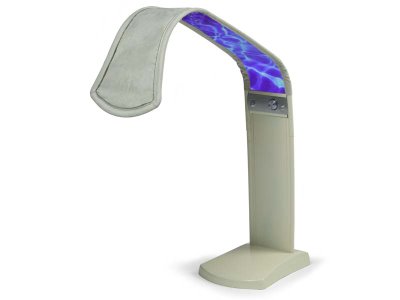If you’re new here, you may want to subscribe to my RSS feed to receive the latest Architectradure’s articles in your reader or via email. Thanks for visiting!
UBICOMP TO PROVIDE FEEDBACK FOR PEOPLE WITH OBSESSIVE-COMPULSIVE DISORDER
Obsessive-Compulsive Disorder (OCD): Patients are Impaired in Remembering Temporal Order and in Judging Their Own Performance, J. Clinical and Experimental Neuropsychology, vol. 24, no. 3, 2002, pp. 261–269.
Today, Rob Van Kranenburg sent me an interesting article he wrote in 2003 on how ubicom applications could provide feedback for people with OCD. He is developing solutions in the framework of contemporary performance and theatrical practice.
The paper can be found here.
The paper mentions that in the US and Netherlands, one in 50 adults currently has OCD, and twice as many have had it at some point in their lives.
How could ubicomp be instrumental here? Phase 1 is researching if ubicomp applications can assess if a person has a tendency for audio, visual, tactile, or other kinds of feedback that would signal the task scenario’s closure. In Phase 2, we would have to access, for example, if visual feedback on clothing or another appliance could break the chain of repetition for a person who functions on visual feedback but is dealing with an apparatus that does not provide such feedback. Working closely with psychiatrists and OCD patients, in Phase 3 we could test whether such ubiquitous computing applications could break the loop of repetition, assuming that it is the kind of feedback that is responsible for the taskloop’s nonclosure.
Finally the paper concludes that ubicomp applications could focus on temporal markers and serendipitous feedback scripting into various scenarios to raise self-awareness.
In pervasive computing







